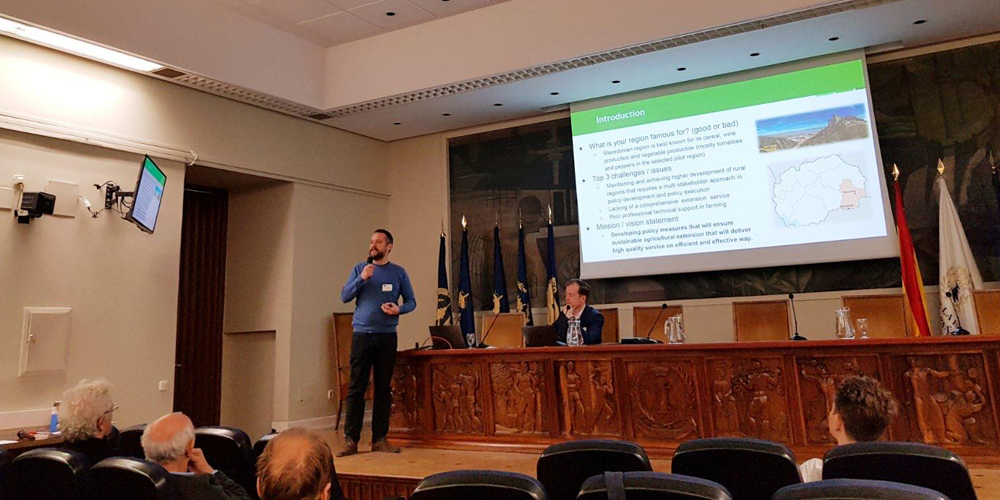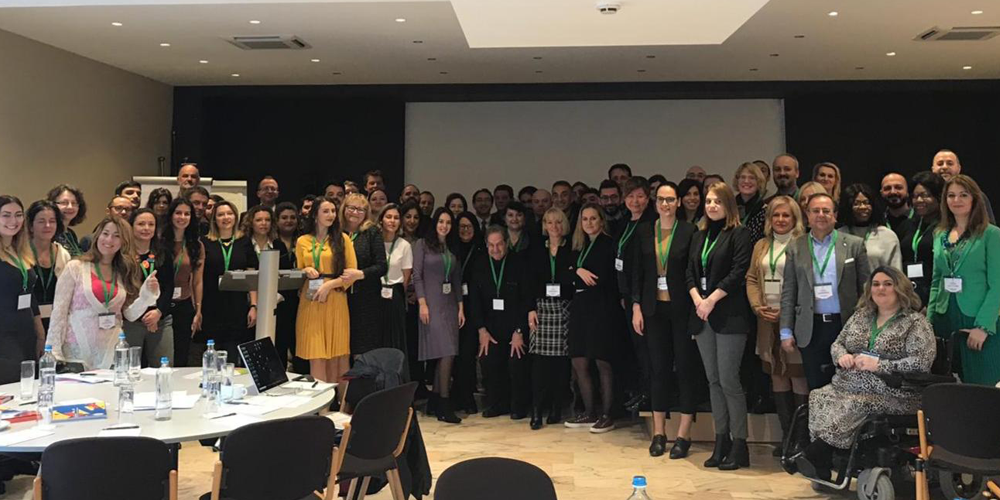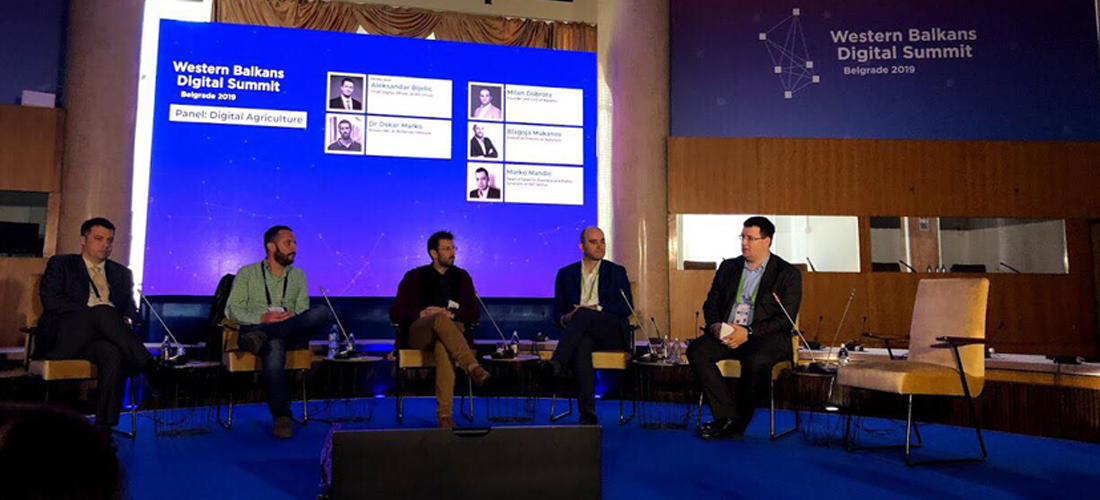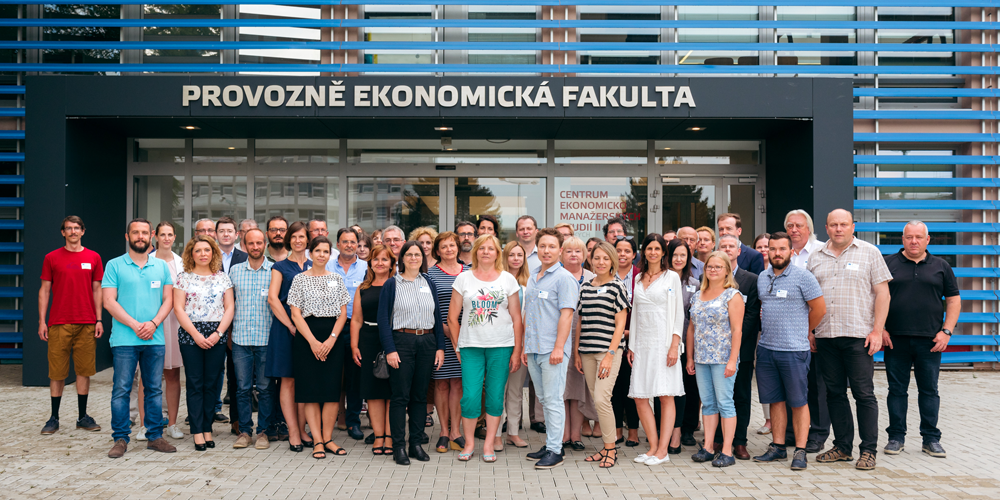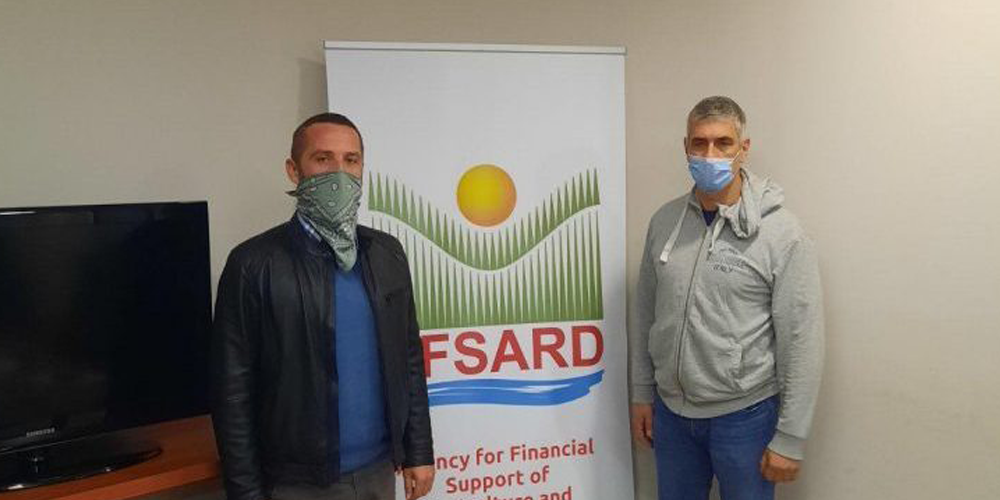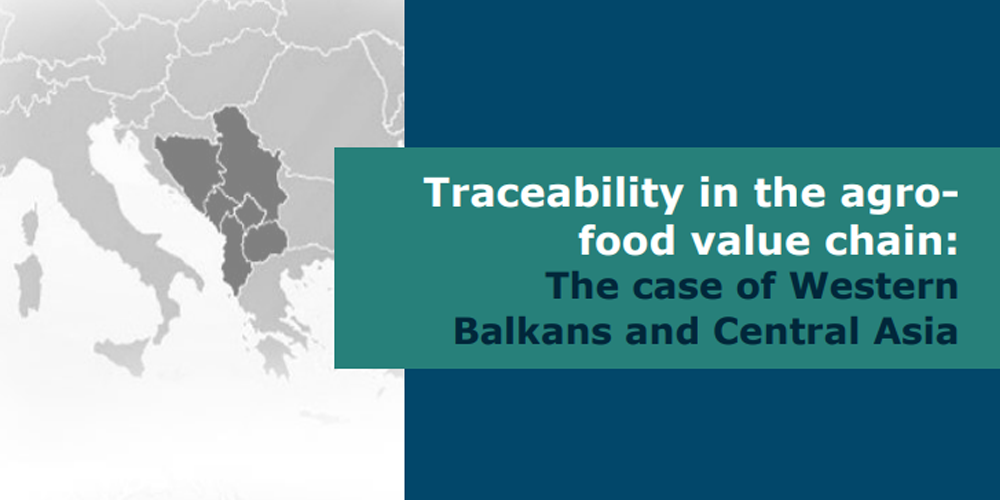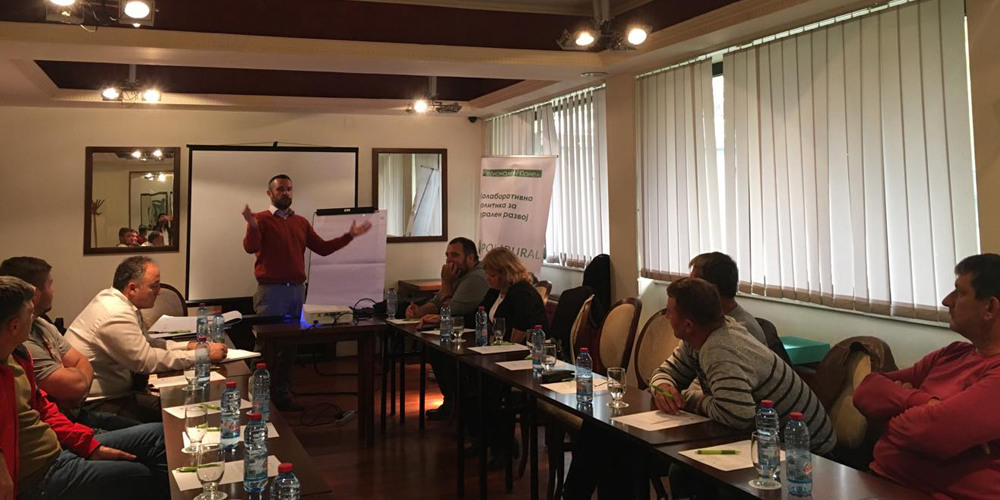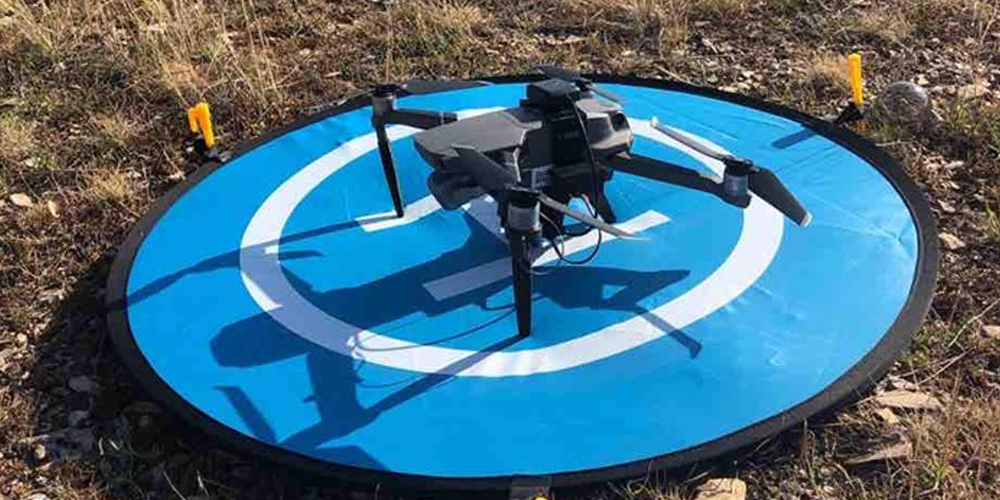The Need For Precision Agriculture In R. Macedonia – Interview Part 1
Date: 29.08.16
Written By: AgFutura

Executive director of AgFutura, Blagoja Mukanov is talking about the importance of precision agriculture in R.Macedonia.
The potential that comes from the industry of so-called precision farming is in continuous growth, both for the investors in this industry as well as for the users of the solutions deriving from this activity. According to AgFood, one of the leading companies for analysis of this type of markets, total investments in modern technology in agriculture in the global market in the first half of 2016 are 1.8 billion dollars. Of these investments, 18.5% or $ 333 million are new investments in companies working in the precision farming sector. This type of business encompasses several subsectors, such as the nnmanned agriculture sub-sector, agriculture robots, software to support the decision-making system on the farm, as well as the smart hardware and hardware sub-sector. Of these total investments, only for the software, in the first half of 2016, companies have invested 28 percent, or $ 92.2 million, and, more importantly, they show a continuous increase. Hardware and other equipment for precision agriculture are another subsector with a significant steady increase in investments, which in the first half of 2016 amounted to $ 27.4 million. A driver of such trends in the precision farming industry is the growing and continuing need for high-quality data for the needs of management in the agricultural sector.
There are no official data for investments in modern technologies in the agricultural sector in Macedonia. Hence, there are no data on the investments in precision agriculture, which include information and communication (ICT) technologies. This situation is the result of the low awareness of the role of precision agriculture and ICT technologies in the development of agriculture, both in the actors in the agricultural sector, as well as in the representatives of the ICT sector. There are several reasons for this situation, of which more significant are the lack of sufficient information on the situation and the potentials of agriculture as an economic sector, or rather lack of sufficient quality data to develop appropriate investment plans. The fact that one of the main reasons for this lack is the lack of an adequate data generation system in which IK technologies are carrying, is a significant indicator of the investment potential in this type of technology.
Poor communication among the holders of the agricultural sector, as well as representatives of the ICT industry, is another factor contributing to the under-utilization of the potential resulting from the cooperation between the two industries. This primarily refers to the poor communication with individual agricultural holdings (PES) that own 85% of the total agricultural area currently being processed, ie 369.280 hectares. Their disorganization and affection makes it impossible to better understand the situation in the Macedonian agriculture, its potential and the possibilities for entering the market. As a third important reason in the same context, it may be pointed out that insufficient representation of precision farming technologies in the policies for the development of Macedonian agriculture, especially in the area of technical support.
| Hence, we can conclude that the development of the precision farming industry requires better information for all stakeholders in the national agrocomplex, for the important role of this type of technology, including ICT technologies. |
Despite these bottlenecks, the need for precision farming technologies is tremendous, and how to use this market potential for business development needs to analyze data that is already available. From what is publicly available and based on the views of agricultural experts, agricultural subsectors with the greatest potential for absorbing products for precision farming are those that largely participate in the creation of agricultural gross domestic product. All companies that operate in the ICT sector and who have an interest in investing in the development of ICT solutions for precise agriculture or trade, should focus on the sectors of wine production (wine production and wine production), gardening and orcharding. In the livestock sector, cattle breeding is a subsector with the highest market potential.
These sectors show steady growth over the past two decades and, accordingly, greater agility of the entities in terms of investing in new technologies. Additionally, when analyzing the market potential in this sphere, it is necessary to emphasize the importance of the economic organization of entities in the above subsectors, because it depends on the design of the products as well as the choice of the way to enter the industry.
| Therefore, special emphasis should be placed on farm holdings of the size of a farm that exceeds the national average of 2 hectares, as well as corporate farming that relates to large farm combines and processing facilities with their own primary agricultural production, the size of the agricultural area they cultivate on average is more than 10 hectares. |
Grape in Macedonia is grown on about 22,654 hectares, of which 71 percent of the vineyards are planted with wine grapes, and 29 percent with table grapes. The number of STIs operating in this sector is 47,857, of which 59 are business entities, and most of them are wineries. The total value of the wine export is about 48 million euros. Winegrowers are among the most progressive economic entities in the agricultural sector, which record excellent results both on the national and international markets. The constant pressure from competition on the local and international market, the high standards for entry into the industry and the good financial results, are the driving factors that motivate them to constantly invest in precision farming technologies. Additionally, the need for greater control in wine production is another important factor contributing to this attitude of the entities in the wine subsector to the investments for precise agriculture.
In the case of gardening, the situation is different from the aspect of the organization of the economic entities, and, on the other hand, the financial potential of the sector is equally important as in the case of the wine sector. The garden sub-sector consists of a large number of small, high-quality households, which have mostly optimized their position in relation to the current market conditions, as well as the conditions in the industry. The total number of this type of agricultural holdings is 12,087, of which the most significant are those engaged in gardening in a protected area, which covers 10 percent of the total number of households. Also, the significant potential of the business entities in the gardening sector, which number is 635, of which 53 percent are engaged in gardening indoors, should also be neglected. The potential of this sector from the aspect of absorption of new technologies is significant and is derived from farmers and companies that have a farm size that exceeds the Macedonian average, achieving solid financial results and are in a continuous quest to improve the economy of their farm. This type of individual farmer or even known as family farms is significant because of their willingness to accept innovations in their production both in terms of finance and in terms of their ability to apply them.
Author:Blagoja Mukanov, Executive Director of AgFutura Technologies

